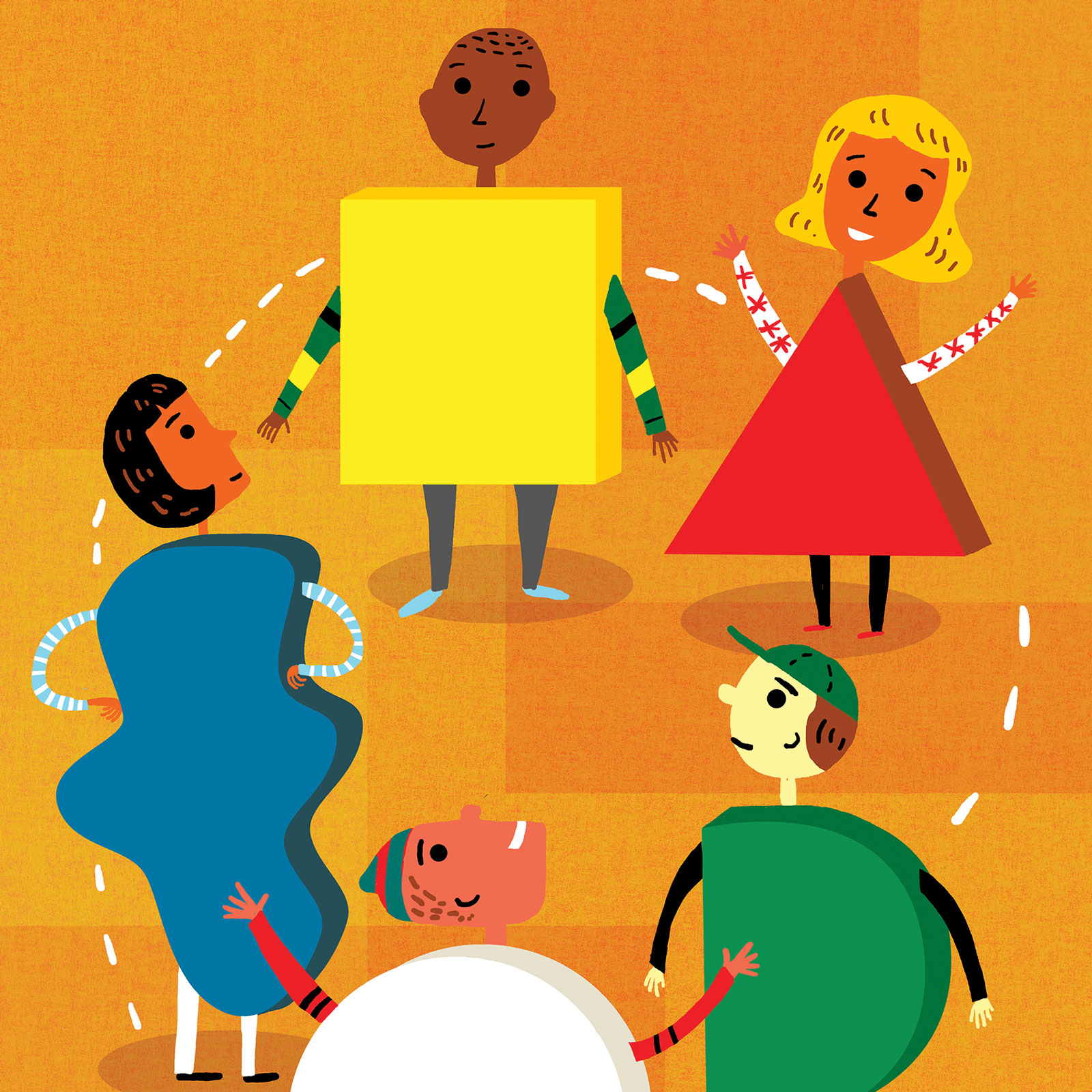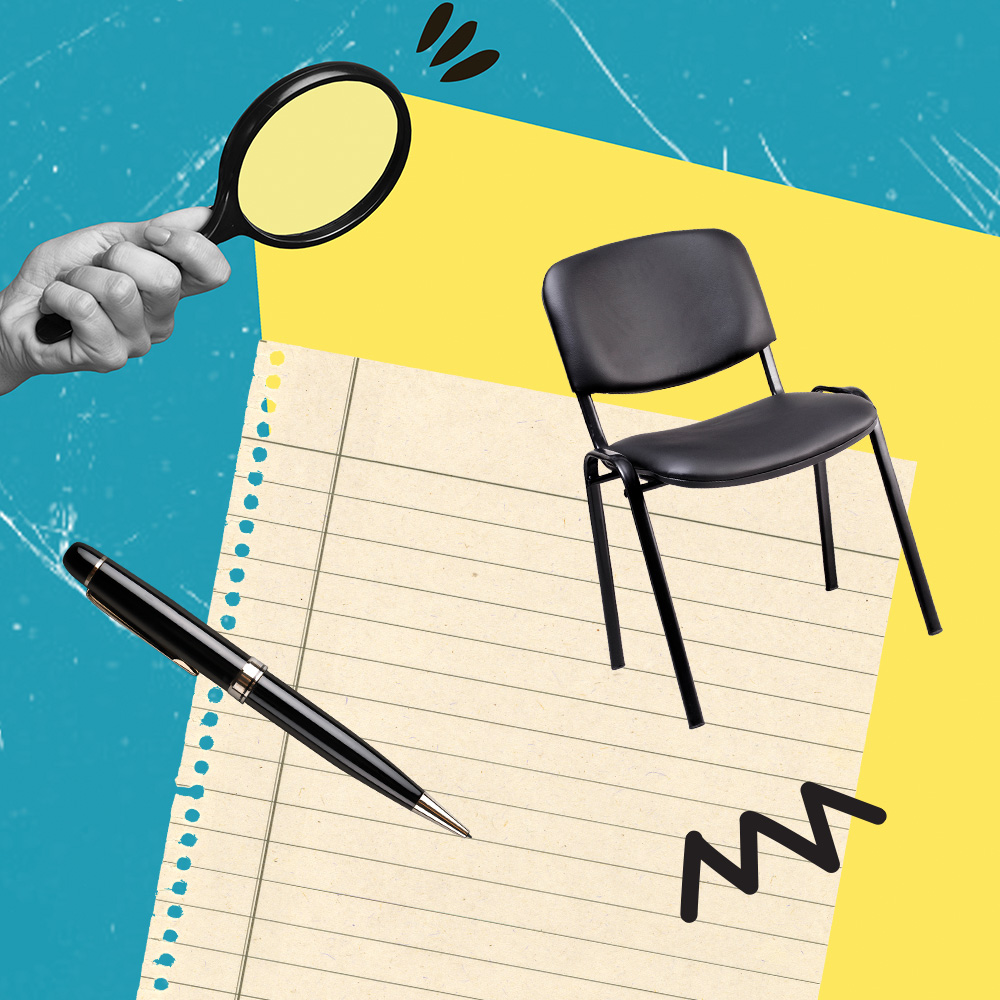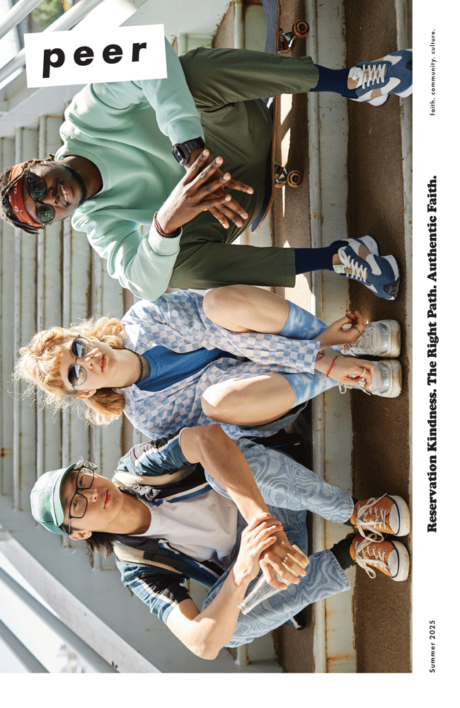
The Uniqueness of You
It helps you see your unique personality patterns - Alice Mottola on the Enneagram.“I would’ve been a better father,” my dad told me recently, “if I’d known that I’m an 8, and you’re a 4.”
Weird comment, right? But if you know the Enneagram personality types, it conveys a whole storyline. My dad has always done his best, but when I was growing up, he seemed like a different species to me. In true Type 8 style, my dad can barrel ahead even when people turn against him, so he didn’t get why my Type 4 personality fell into deep despair under criticism. He doesn’t think much about other people’s inner worlds, so he’s baffled when I search for deeper and more nuanced interpretations. Knowing my dad’s Enneagram type helps me appreciate the qualities we share—intensity, courage, adventurousness—where I used to see only how we were different. And my dad’s understanding of my type has helped him feel comfortable about my choice to follow an unconventional path in life.
Here’s the part that really matters: not a single one of these old personality patterns were chosen. They’re more like programs running on a computer. And like programs, these patterns were built for specific functions, however they’re the tiniest fraction of what the computer can do. The Enneagram is a personality model that asks: what if we’re more than we think we are?
The 9 Personality Types
- Type 1: The Reformer – Ethical, idealistic, judgmental
- Type 2: The Helper – Nurturing, generous, possessive
- Type 3: The Achiever – Productive, driven, image-conscious
- Type 4: The Individualist – Expressive, dramatic, self-indulgent
- Type 5: The Investigator – Innovative, eccentric, isolated
- Type 6: The Loyalist – Dedicated, indecisive, anxious
- Type 7: The Enthusiast – Vivacious, adventurous, scattered
- Type 8: The Challenger – Powerful, confident, confrontational
- Type 9: The Peacemaker – Receptive, gentle, disengaged
Finding Your Type
You’re probably scanning that list and trying to narrow down your type. STOP! When you first encounter this material, it can be tempting to oversimplify. So, let’s pause and take a minute to look at what the Enneagram is really about. Because finding your type is not it.
I may have an idea about myself and think, “This is who I am.” I could cling to that comforting self-idea or even willfully ignore my failings. But, Jesus said, “Unless a grain of wheat falls into the earth and dies, it remains alone; but if it dies, it bears much fruit” (John 12:24, ESV).
Remember how personality patterns are like programs on a computer? If your body, heart and mind were a whole operating system, your personality would be like PowerPoint. PowerPoint is useful, but if all you’ve ever done is make presentations, you’d be amazed to discover that you can also use, your computer, to role-play in immersive worlds, to create beautiful art and to learn about any topic imaginable. New paths would open up and your sense of wonder would come alive.
Seeing what’s outside your personality is a bit like that. Unfortunately, it’s not as easy as clicking a desktop icon. Understanding yourself is a long, difficult journey, and you’re going to need a map.
Enter the Enneagram
It helps you see your personality patterns in high-resolution, so you can understand them—and to understand them is to be delivered from them.
Beyond self-understanding, the Enneagram is also a powerful tool for connecting with others. As your loved ones discover their own types, you’ll be amazed at what you learn about them. If your best friend is a bookworm, you might assume he’s a 5. But when he realizes he’s a 9, you’ll notice a whole new sensitive side to him. If your grandmother is the loving heart of the family, you might assume she’s a 2. When she declares that she’s an 8, you’ll learn about the fiery streak she had in her youth. With deeper understanding, the Enneagram can even build empathy in difficult relationships—like it did for my dad and me.
Remember that the Enneagram isn’t meant to put people into boxes. Its purpose is to bring us closer to what really matters: our true selves and the people we love. Stay curious, keep learning and you’ll have a lot of fun along the way.
“The Enneagram is a personality model that asks: what if we’re more than we think we are?”
For Further Reflection:
Take a moment to remember yourself. What were you just thinking? Were you aware that you were thinking it? What are you feeling in your body and heart, that you didn’t notice before?
Try to make a habit of self-remembering. Maybe put little reminders in places you often look: on a notebook, a desk or the back of your hand.
For Further Study:
To learn more about the Enneagram and find your type, check out the book “Wisdom of the Enneagram” by Riso and Hudson, or go to enneagraminstitute.com.

After several years in the software industry, Alice Mottola decided to switch careers and work toward becoming a clinical psychologist. She currently studies psychology at Columbia University. She started diving deep into the Enneagram four years ago and has studied it extensively under Russ Hudson at the Enneagram Institute.



